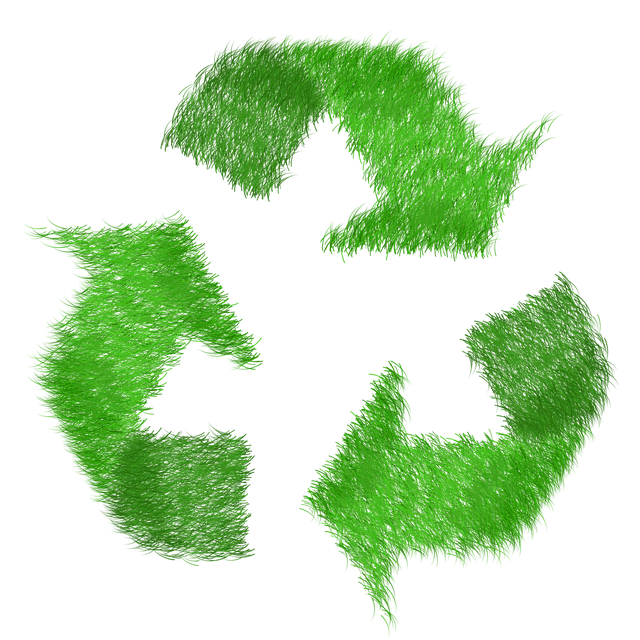When I was in school, it was drilled into our heads that we should all be proactive about the environment. The message at that time was to reduce, reuse and recycle. While it might seem like a simple directive, many people do not understand the fact that each component is weighted. That is, they are placed in order of impact and importance. That means the most important thing on the list is to reduce consumption, followed by reusing whatever you can, and then when there are no other options, recycle. The reason for the difference in importance is the impact that each of these has on the environment.

Reduce
The best thing that you can do in terms of impact is to reduce your consumption. If you never use something, you are not contributing to the waste problem. That one is a no-brainer! However, there are many things that we need, and using nothing is not going to work. In our society, we are highly dependent on consumer goods. So, the idea is to get by with as little consumption as possible.
Reuse
Next in line after reducing is reusing. If you have to buy something, the best thing you can do to limit waste is not to throw it away. Use it as many times as you can and get creative. Care should be taken when choosing what items to buy since some items are more reusable than others. Try to think about the packaging for each product you buy and how you could potentially use it after consuming the good. Try to choose products that are packaged in such a way that they are reusable.
Recycle
After you have reduced your consumption and reused your products as much as possible, now it is time to recycle. While recycling is great, it is not the answer to all of our problems. Recycling takes a large amount of energy and not everything is recyclable. Also, many things that are thought of as recyclable are not infinitely so. That is, they cannot be recycled over and over. For example, many plastics can only be recycled once.

Example
Now, let’s use a real-world example. You need pasta sauce. There are many options for delivering pasta sauce to your pasta. You could buy the tomatoes, onions, and spices (or better yet grow them yourself) as fresh produce and make your own sauce without any packaging, or you can buy pre-made pasta sauce. The most environmentally responsible choice, in this case, is to make your own sauce. This choice reduces the packaging that you are consuming and there is no waste left over, assuming you bring your own reusable vegetable bags and compost the scraps. This is the greenest choice.
Unfortunately, we don’t always have time to make pasta sauce from scratch. In this case, we have the opportunity to choose from a range of options. Pasta sauce can be purchased in glass or plastic jars, as well as in soft plastic packaging. Now is the time to consider how you can reuse or recycle the packaging. Glass jars are the clear winner since they can be reused indefinitely, especially when coupled with new twist top lids. You can use them to store just about anything and they essentially last forever (unless you break them). Plastic jars can also be reused for storing things. Soft plastic packaging, however, is not reusable and in some areas, it’s not recyclable either. Therefore, glass jars are your best choice for both reusability and recyclability.
Now, let’s say you follow this logic every time you go shopping. You may end up with more glass jars than you know what to do with. In this case, you may be able to find someone who can use them again for home-preserving or other uses. If this is not the case, you can recycle them. Keep in mind that a large amount of energy goes into recycling and it should be your last resort. Glass must be sorted, crushed, melted, and then made into new glass products. This process takes energy and so does the transportation of these materials.
Conclusion
So, we have seen that there is an order of importance to the whole, “Reduce, Reuse, Recycle” message. The most important and impactful is the reduction of consumption, followed by reusing everything you can. Finally, recycling is a great option for things that have reached the end of their usable life. Still, we cannot rely on recycling alone to solve the waste problem, as it is a resource-intensive process. Yes, it’s better than mining for new materials, but it still takes a toll on the environment.
As always, live well.
Valerie
Hi I’ve always very impressed with your kimchi recipe & products, if you sold them as a bundle what would you charge ?? I’m very interested ?? Miss bronwyn joy potter bonnievaleau0@gmail.com
Hello Bronwyn,
You can go to the website valeriepearson.com.au, and pop what oyu want into the shopping cart. All teh prices are listed on teh sight and it will automaticall add your shipping at thw end.
Have a great day.